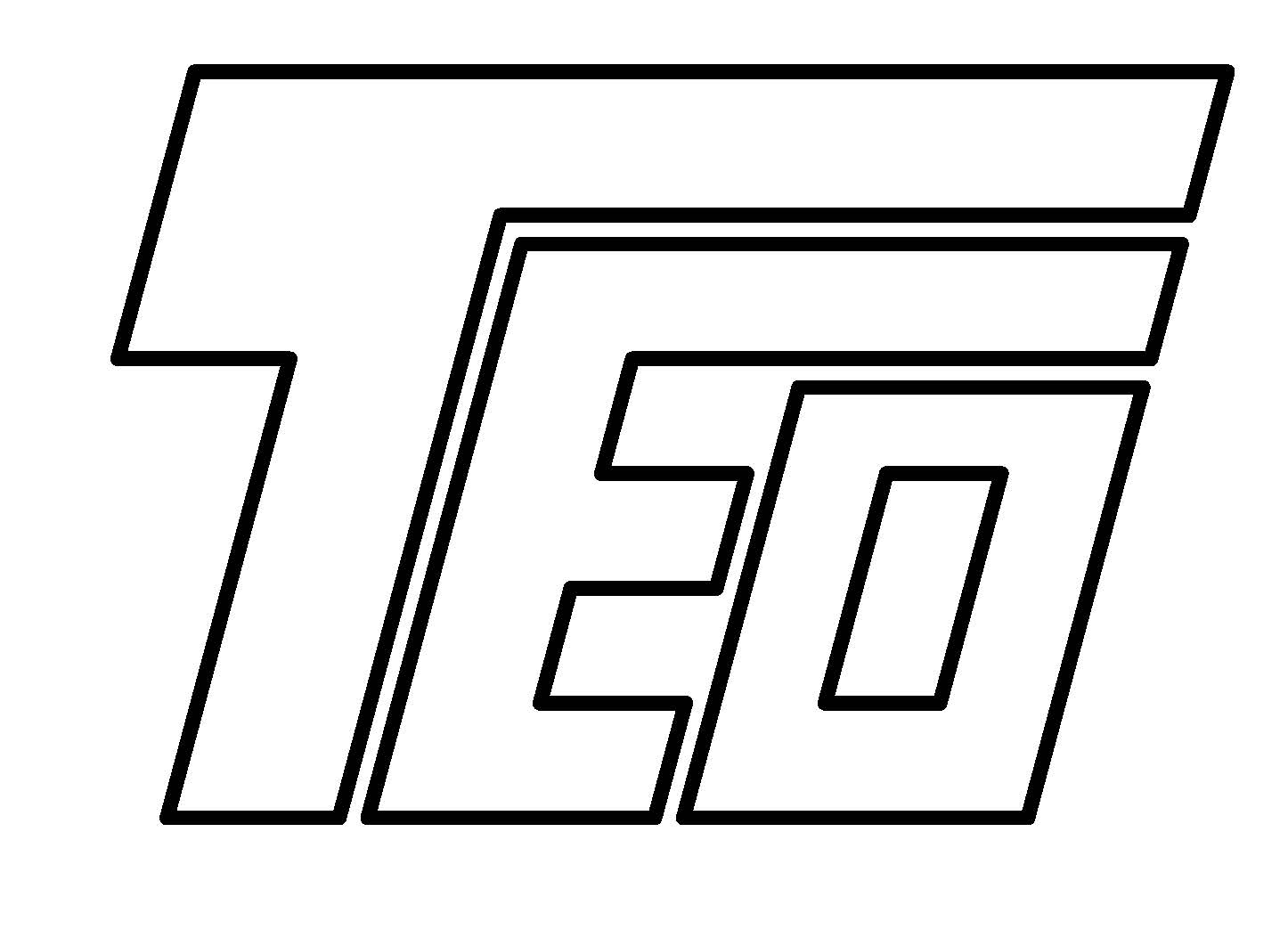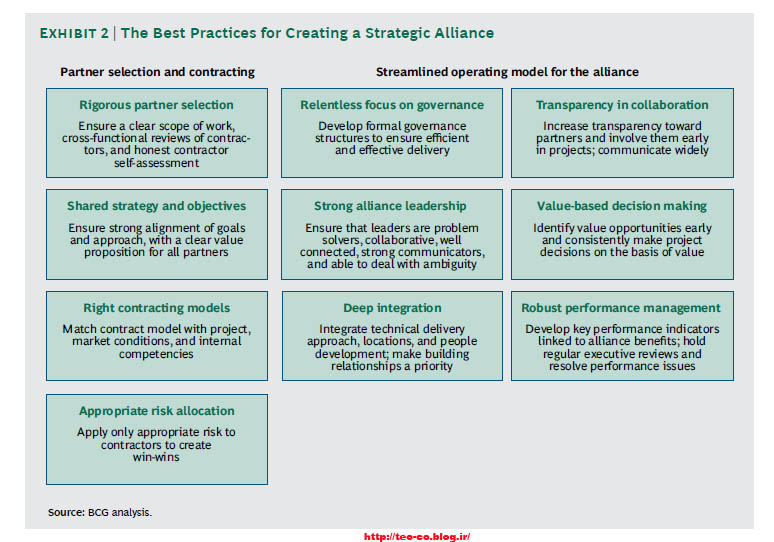Using integrated solutions as market-shaping/market-driving strategy in oil industry-Part 6
Using integrated solutions as market-shaping/market-driving strategy in oil industry
Part 6
استفاده از "راه حل یکپارچه" به عنوان استراتژی شکل دهنده بازار و هدایت کننده بازار در صنعت نفت
بخش ششم
این پژوهش به عنوان تز پایانی دوره MBA در یکی از دانشگاه های مطرح اروپایی ارایه شده است
Customer Relationship Management in B2B
1- Introduction and definition
The concept of customer relationship management (CRM) can be considered as a rather new notion because it has been in use since the early 1990s (Ngai, 2005 ) (Buttle, 2009 ) (Agarwa et al, 2006) . Accenture’s research shows that customer relationship management issues remain one of the executive suite’s biggest concerns in all organizational levels (Freeland, CRM: The Key to Superior Business Performance, 2004). A survey reveals that innovative firms are more than twice as “non-innovative” companies to practice CRM technologies to help them in customer retention and increase in revenues (Freeland, CRM: The Key to Superior Business Performance, 2004). Thus, many firms seek more benefits via implementing CRM to manage the relationships with their customers more effectively which would ultimately lead to greater customer loyalty and retention and, also, profitability (Nguyen et al, 2007). Although CRM has become widely recognized as an important business approach, there is no universally accepted definition of CRM. There have been many suggestions for definition of CRM two of them are shown in table-1
|
CRM is the core business strategy that integrates internal processes and functions, and external networks, to create and deliver value to targeted customers at a profit. It is grounded on high quality customer related data and enabled by information technology (Buttle, 2009 ) P-15.
|
|
Customer relationship management (CRM) is an information system that tracks customers’ interactions with the firm and allows employees to instantly pull up information about the customers such as past sales, service records, outstanding records and unresolved problem calls tracks (Nguyen et al, 2007) P-104. |
Table 1‑1Definitions of CRM
From above discussions it can be found out that in CRM, relationship with customer, services, and insight and information about customers are important constituents of CRM. As this report is about developing a solution strategy these elements would be discussed in more detail.
2- Definition of Relationship
A relationship is composed of a series of interactive episodes between dyadic parties over time. Some suggest that some emotional content (affective connection, attachment or bond should be added to the interaction and relationship is a social construct (Buttle, 2009 ). The fundamental reason for companies wanting to build relationships with customers is economic. Companies generate better results when they manage their customer base in order to identify, acquire, satisfy and retain profitable customers which are the key objectives of many CRM strategies. To understand the importance of relationship in CRM the concept of customer lifetime value should be clarified. Lifetime value (LTV), -also known as customer lifetime value (CLV)-is defined as:
“The present day value of all net margins earned from a relationship with a customer, customer segment or cohort” (Buttle, 2009 )P-35.
In B2B relationships, loyal buyers are more tending to concentrate on long-term benefits and involve in collaborative activities beneficial to both parties than disloyal buyers, consequently improving the competitiveness of both partners and reducing transaction costs (Lam et al, 2004). In B2B context, customers want a long-term relationship with suppliers due to; product complexity, product strategic significance, service requirements and financial risk (e.g. in buying large items of capital equipment) (Buttle, 2009 ). In oil and gas industry, due to complexity of the complicated capital equipment and systems which in turn lead to high price and financial risks of these items, all of above-mentioned circumstances exist.
3- Services
The significance of services to the world economy has been increasing steadily meanwhile the importance of tangible goods has declined. Considering this trend companies naturally pursue providing better services, whether they are in service business or in manufacturing industry which should trust on services to remain profitable or even get ahead of competitors via this type of competitive advantage (Berry et al, 2006). Although, most companies develop their service activities gradually infrequently a firm introduces a service forming a completely new market or driving and reshaping the existing market in a way that the firm benefits unexpected abundant profits (Berry et al, 2006).
4- The Importance of Services in CRM
Services are based on relationships, finding solutions to customers' problems, and building relationships. The services' content is delivered in processes and driven by people (Kumar. R et al, 2006). In a survey focusing on how to build and sustain a high-performing workforce, increasing customer care and service was managers’ second-most critical strategic issue and mentioned as “important” or “very important” by 81 percent of participants (Freeland, CRM: The Key to Superior Business Performance, 2004). CRM comprises three major functional areas; marketing, sales; and services and support (West, 2001 as cited in Ngai, 2005). In addition, services play an important role in the industrial marketing, since augmented products such as technical consulting and long-term costs of maintenance and operation are more important than selling price. The economic benefits of customer relationship are easily justified in terms of enhancing LTV. Companies also benefit non-economic paybacks from improved customer trust, commitment and cooperation. (Ahmad & Buttle, 2001)
5- Services and Relationship with Customers in Oil Industry
The owners of advanced, complicated and integrated machinery and equipment items operated in capital-intensive industries –such as oil and gas- have to meet severe performance targets and often require more support in terms of condition monitoring, diagnostics and root cause analysis of failures. Furthermore, services are required to improve operational skills and machinery performance (Panesar & Markeset, 2008) (R.Kumar et al, 2009). Moreover, with today’s lean staffs, plants often do not have sufficient resources in-house to oversee the regular and on-going activities necessary to keep complex equipment and systems operating at their best. Additionally, specific equipment, system or application expertise is often required (Perfomance Plus, 2011) (Flowserve, 2011).
این مطلب ادامه دارد....







